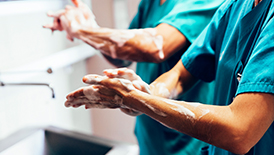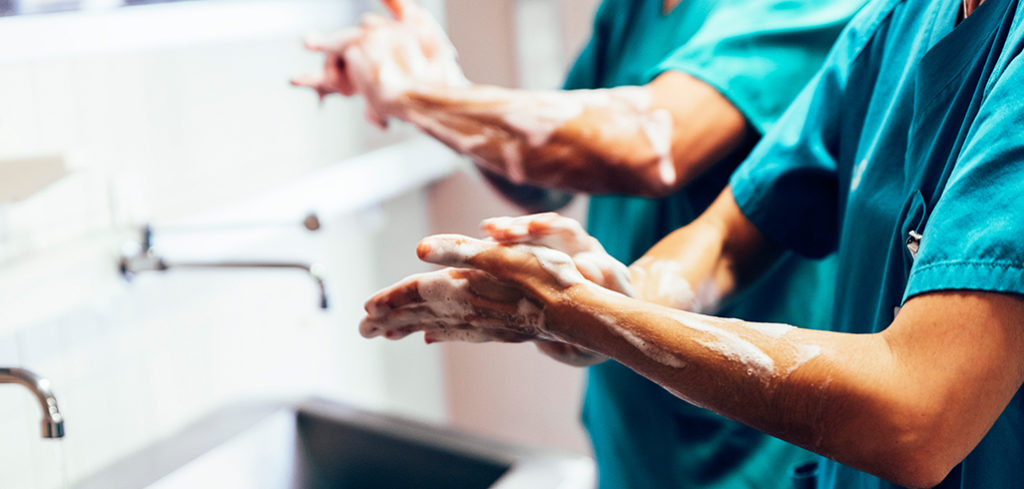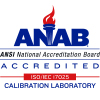 Posted on
Posted on

It goes without saying that when entering a hospital, it is expected that the hospital is clean, sterile, and both patients and the healthcare workers are protected from harmful contamination.
To accomplish this level of cleanliness, medical professionals follow a strict series of practices and procedures known as the aseptic technique. Correctly implemented, this technique creates conditions free of disease-casing microorganisms. There are two categories of asepsis: medical and surgical, which encompass different aspects of cleanliness in order to ensure safety.
Medical Asepsis
Also referred to as a clean technique, medical asepsis reduces the number of microorganisms and prevents growth, but it does not completely remove the threat. Essential practices of medical asepsis include the cleaning of equipment, handwashing and utilizing gloves, gowns and face masks.
Although medical asepsis plays an important role in maintaining safety, it is not enough for more invasive procedures where exposure and risk are much higher for the patient.
Surgical Asepsis
All microorganisms are eliminated through surgical asepsis, also referred to as the sterile technique. Persons involved in an aseptic procedure must follow the principles to ensure equipment and areas are free from all microorganism to maintain sterility.
Generally, surgical asepsis is applied during all invasive procedures when the skin is not intact or when internal areas of the body are being entered. This ranges from treating open wounds, to surgeries and health screenings.
Sterilization Validation
Regardless of the complexity of the procedure, one thing that remains a constant is the need for sterile instruments and supplies. Due to the variety of materials and instruments used, different sterilization techniques are often employed.
Whether using steam, dry heat or ethylene oxide chemical (EtO) sterilization, validation is required to ensure that the sterilization cycle was effective at destroying all microorganisms. Data loggers are often used for validation because they can monitor chamber conditions throughout the sterilization cycle. Once the cycle is complete, readings can be immediately reviewed to determine if the cycle was properly executed.
Asepsis protocols are vital to public safety and virus containment. Using data logging technology to streamline these processes helps to deliver consistent, reliable and successful results.
MadgeTech offers data loggers to accommodate all sterilization processes, as well as secure software to aid with 21 CFR Part 11 compliance. To find right the best data logging solution for you sterilization process call us at (603) 456-2011 or email [email protected]






